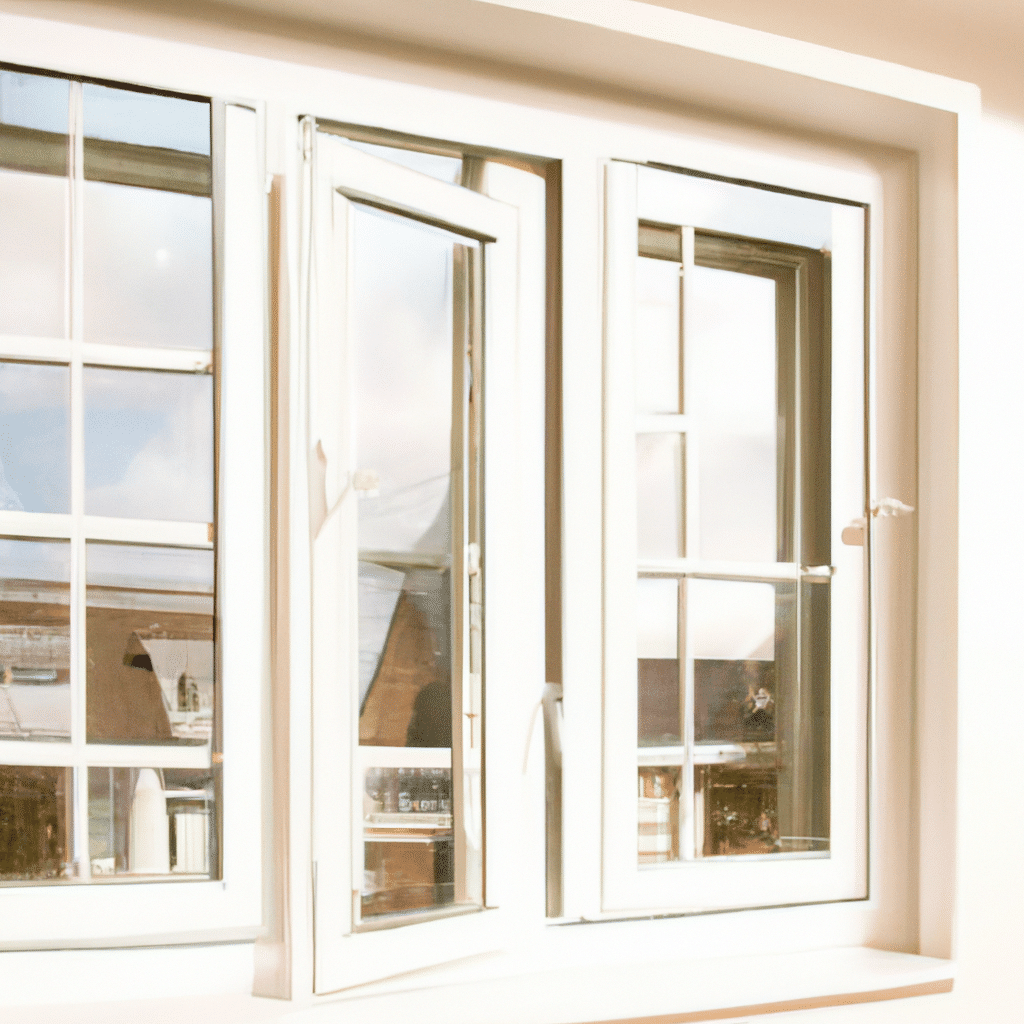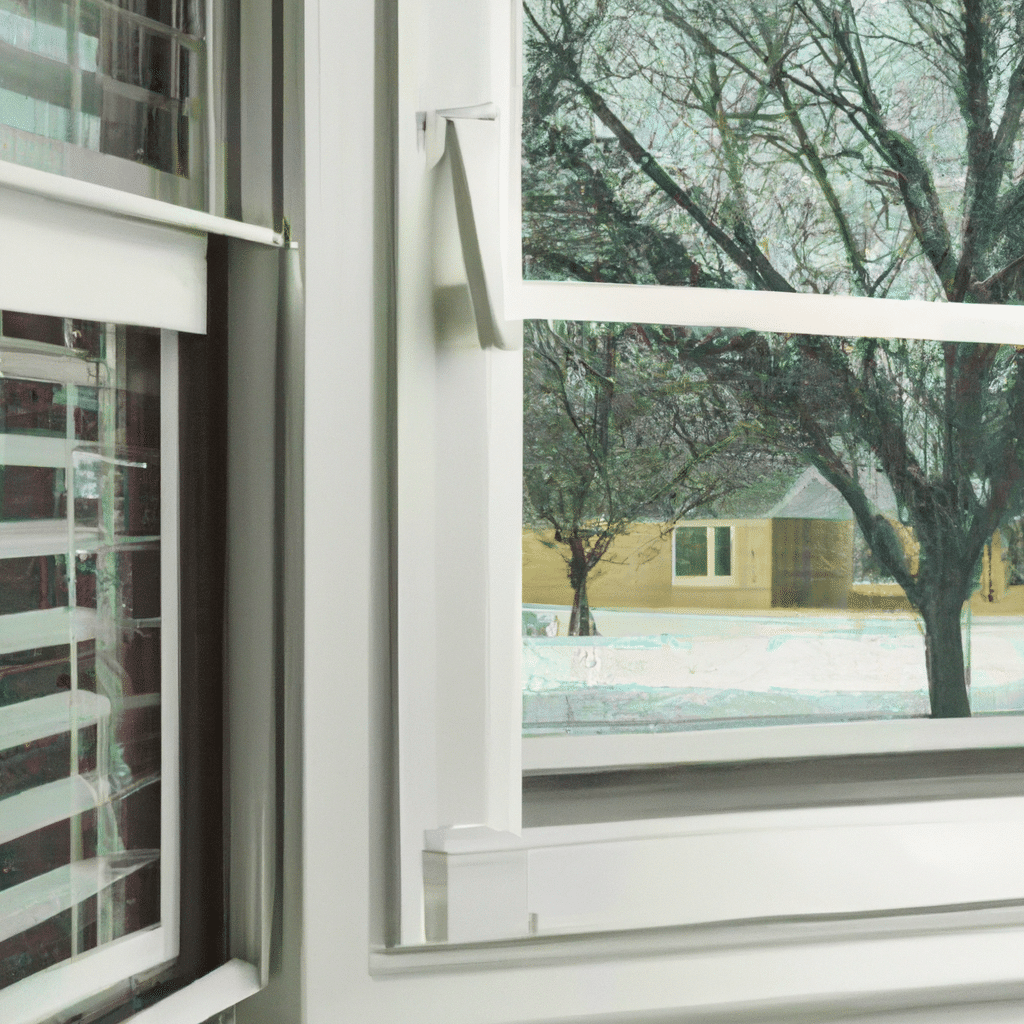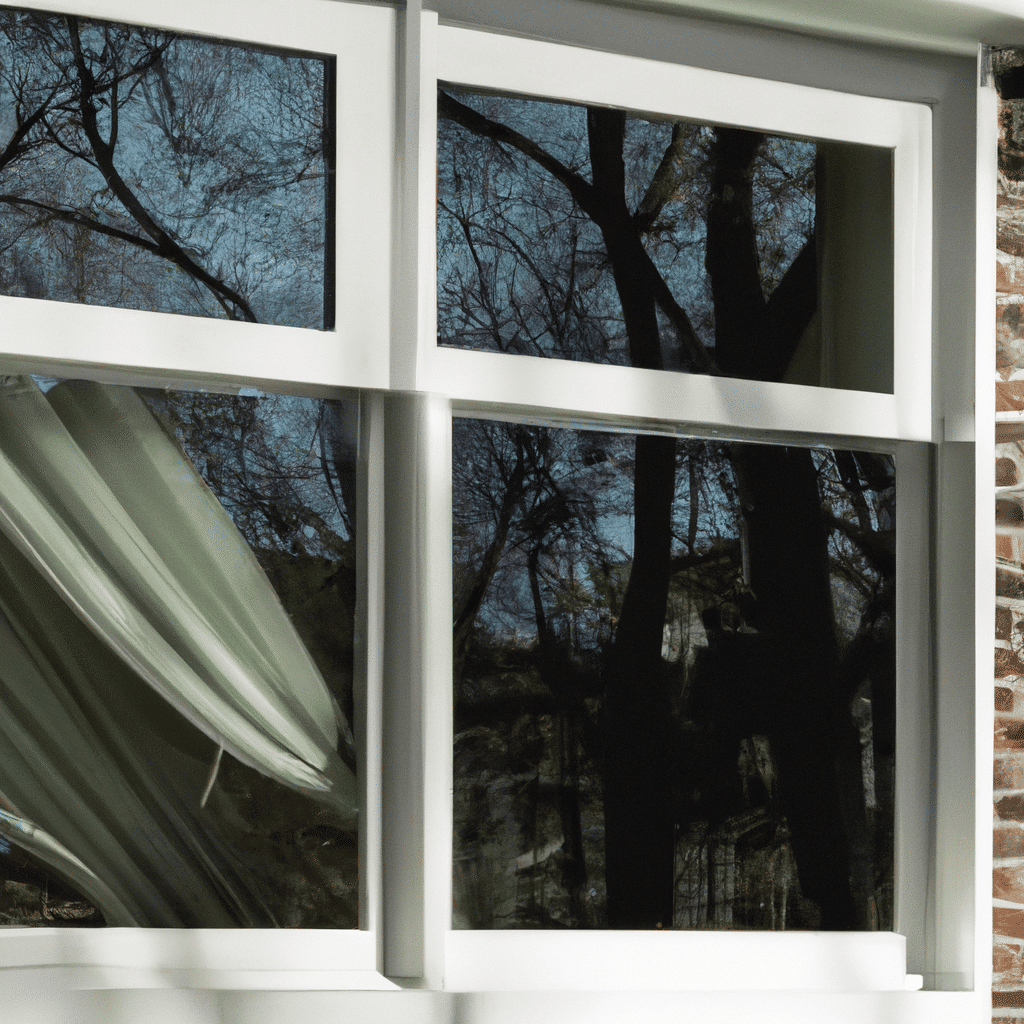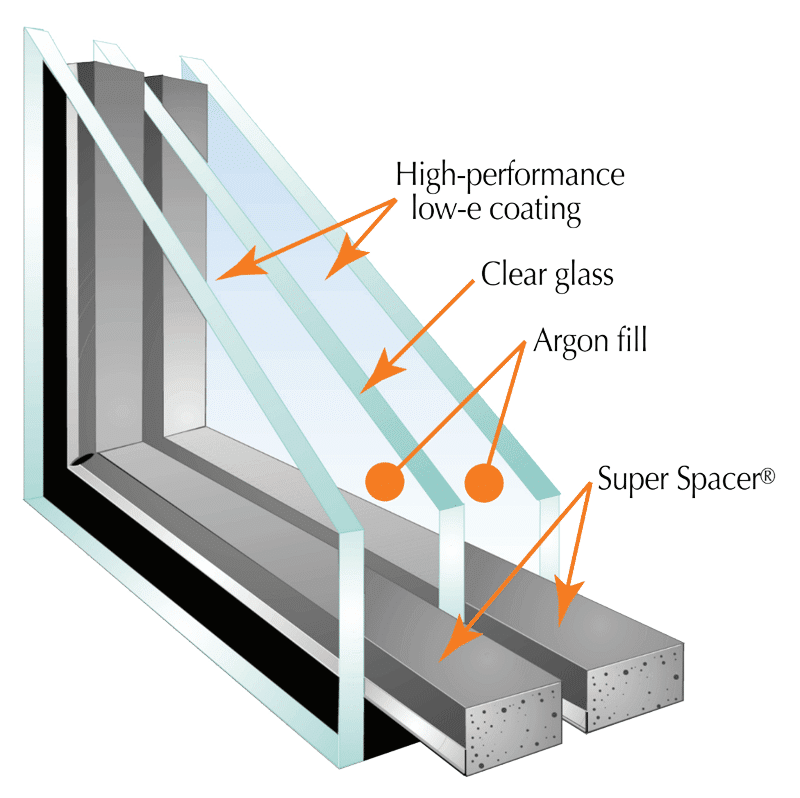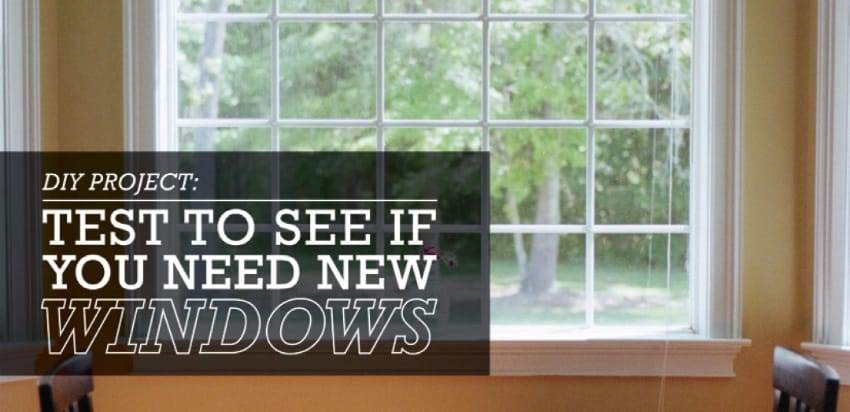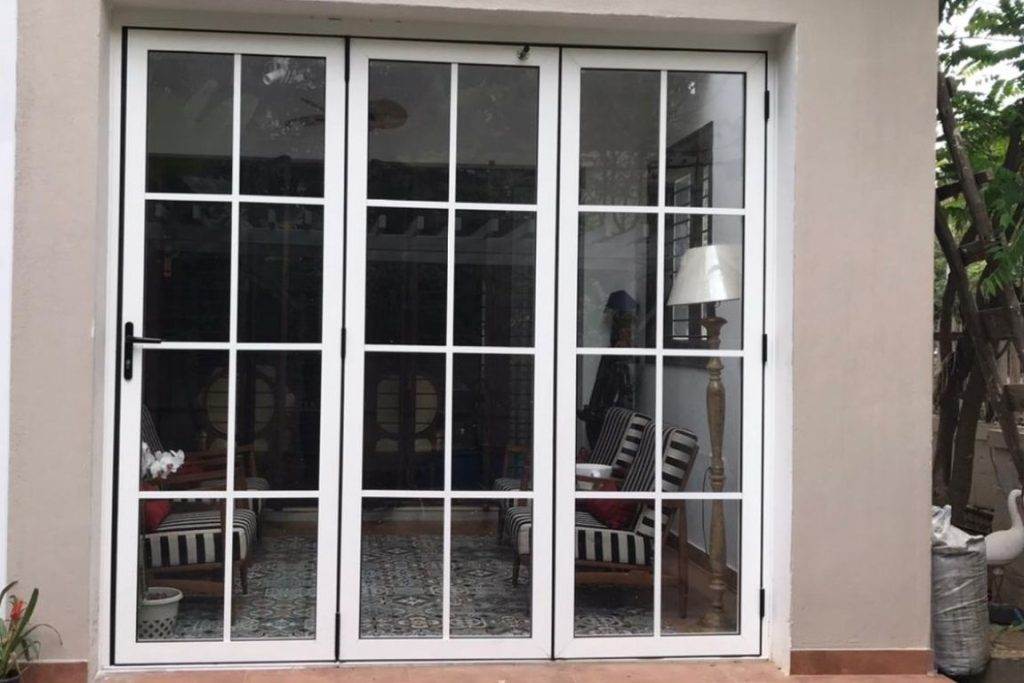So you’re thinking about upgrading your windows, but you’re wondering just how much wind they can handle, right? Well, you’ve come to the right place. In this article, we’ll be exploring the limits of window endurance when it comes to wind speeds. Whether you’re concerned about hurricanes, strong gusts, or simply curious about the resilience of your current windows, we’ve got you covered. Buckle up and get ready to discover what Mother Nature’s blustery forces have in store for your home’s windows.

This image is property of brennancorp.com.
Factors Affecting Window Strength
Window Design
The design of a window plays a crucial role in its strength and wind resistance. Windows with a narrower profile tend to be stronger and more resistant to wind pressure. The shape and size of the window frames also affect their ability to withstand high winds. Additionally, the placement of the glass within the frame and the reinforcement techniques used in the design can contribute to the overall strength of the window.
Type of Glass
The type of glass used in windows is another factor that affects their wind resistance. Tempered glass is known for its strength and ability to withstand high wind speeds. It is designed to break into small, relatively harmless pieces when shattered, reducing the risk of injury. Laminated glass, on the other hand, consists of multiple layers of glass with a layer of plastic in between. This creates a stronger barrier and enhances the window’s resistance to wind.
Window Frame Material
The material used for the window frames also plays a significant role in determining their strength and wind resistance. Different materials, such as aluminum, wood, vinyl, and fiberglass, offer varying levels of strength and durability. Aluminum frames, for example, are lightweight and easy to maintain, but they may not be as strong as vinyl or fiberglass frames. Wood frames, while aesthetically pleasing, may require more maintenance and may not hold up as well in high wind conditions.
Rating Systems for Wind Resistance
ASTM E1886
The ASTM E1886 is a standard test method that evaluates the performance of windows and other glazed components when subjected to wind pressure. It measures the ability of windows to withstand different levels of wind speed and pressure, simulating realistic wind conditions. This rating system provides valuable information to consumers and professionals, allowing them to make informed decisions when choosing windows for wind-prone areas.
ASTM E1996
The ASTM E1996 is another important rating system that assesses the performance of windows in high wind zones. It evaluates the ability of windows to resist wind pressure, water infiltration, and flying debris. This standard is particularly relevant for regions prone to hurricanes and severe weather conditions. Windows that meet the requirements of the ASTM E1996 are considered to have high wind resistance and are more suitable for areas with a high risk of wind damage.
Miami-Dade County Hurricane Code
The Miami-Dade County Hurricane Code is a stringent set of building regulations specifically developed to ensure the structural integrity of buildings, including windows, in high wind zones. These regulations go beyond the requirements of the ASTM standard tests and are considered some of the most rigorous in the country. Windows that pass the Miami-Dade County Hurricane Code are designed to withstand extreme wind speeds and are commonly used in hurricane-prone areas.
Understanding Wind Pressure
Static Wind Pressure
Static wind pressure refers to the force exerted by the wind on a window when there is no movement or change in wind speed. It is the pressure that windows must withstand when exposed to steady winds. Static wind pressure is determined by factors such as wind speed, window size and shape, and the orientation of the window relative to the wind direction. Windows that are designed to resist high static wind pressure are more likely to remain intact during strong winds.
Dynamic Wind Pressure
Dynamic wind pressure, also known as wind gusts, refers to the rapid changes in wind speed and pressure that occur during severe weather events. This can include sudden gusts of wind, as well as the fluctuation between positive and negative pressure. Dynamic wind pressure puts additional stress on windows and can lead to frame failure or glass breakage if not properly designed to handle these rapid changes in pressure.
Positive vs Negative Pressure
Positive pressure occurs when the wind blows directly against the exterior surface of a window, trying to push it inward. This force can put significant stress on the glass and frame, especially for larger windows or in areas with high wind speeds. On the other hand, negative pressure occurs when the wind creates a suction effect, pulling the window outward. Windows must be able to withstand both positive and negative pressure to ensure their overall wind resistance.
Test Methods for Wind Resistance
Small Missile Impact Test
The small missile impact test is designed to simulate the impact of small, airborne debris during high wind events. This test involves firing small projectiles, typically 2-inch steel balls, at the window to assess its ability to resist the impact. Windows that pass the small missile impact test are more likely to remain intact and protect the interior of a building from wind-driven debris.
Large Missile Impact Test
The large missile impact test is similar to the small missile impact test, but it involves larger and heavier projectiles, such as 9-pound 2×4 wooden boards, being hurled at the windows. This test assesses the window’s ability to withstand larger and more powerful debris, commonly found in severe weather conditions such as hurricanes. Windows that pass the large missile impact test are considered to have higher wind resistance and are more suitable for areas prone to extreme weather events.
Cyclic Pressure Test
The cyclic pressure test evaluates the window’s ability to withstand repeated cycles of positive and negative wind pressure. The window is subjected to varying levels of pressure, simulating the conditions experienced during severe storms. This test aims to assess the durability and long-term performance of the window under realistic wind conditions. Windows that pass the cyclic pressure test are more likely to maintain their structural integrity over time and provide reliable wind resistance.

This image is property of www.sofloimpactwindows.com.
Wind Speed Classifications for Windows
Low Wind Speed
Windows classified for low wind speeds are designed to withstand light to moderate breezes typically experienced in most areas. These windows are typically suitable for residential properties in calm or mildly windy conditions. However, they may not be able to withstand high wind events or severe weather conditions.
Moderate Wind Speed
Windows classified for moderate wind speeds are designed to withstand higher wind speeds encountered in moderate wind zones. These windows are more robust and can provide better protection against wind pressure, flying debris, and gusts. They are typically suitable for residential properties in areas with moderate wind conditions.
High Wind Speed
Windows classified for high wind speeds are specifically designed to withstand strong wind speeds typically associated with coastal areas or regions prone to hurricanes and severe weather conditions. These windows are designed to resist higher wind pressures and flying debris. They provide increased protection and are considered more reliable in high wind zones.
Extreme Wind Speed
Windows classified for extreme wind speeds are engineered to withstand the strongest wind speeds and most severe weather conditions. These windows are designed to meet the strictest requirements and are commonly used in hurricane-prone areas or regions with extreme wind events. They provide the highest level of wind resistance and are built to withstand the most intense wind pressures and impact from debris.
Impact of Wind Speed on Windows
Cracked Glass
In high wind conditions, the increased pressure exerted on windows can cause the glass to crack. A cracked glass not only compromises the structural integrity of the window but also poses potential safety hazards. Cracked glass can lead to air and water infiltration, allowing damage to the interior of a building.
Shattered Glass
Severe wind speeds and impact from flying debris can cause windows to shatter completely. Shattered glass poses significant risks, not only from the broken shards but also from the potential for further damage to the building’s structure. Shattered windows can compromise the safety and security of the occupants.
Frame Failure
High wind speeds can cause the window frame to fail, resulting in the window being blown out of its opening. Frame failure can occur due to the excessive pressure exerted on the frame or due to the impact of debris. When the frame fails, the window loses its integrity, leaving the building vulnerable to further damage and compromising the protection it provides.

This image is property of oceanimpactwindows.com.
Factors to Consider in Wind-Prone Areas
Geographical Location
The geographical location of a building plays a significant role in determining the wind speeds it may encounter. Buildings located in coastal areas or regions prone to hurricanes are exposed to higher wind velocities. It is important to consider the wind speed classifications and rating systems discussed earlier when choosing windows for buildings in wind-prone areas.
Local Building Codes
Local building codes often include specific requirements for wind resistance in construction and window installations. It is crucial to be familiar with these codes and regulations when selecting windows for wind-prone areas. Adhering to local building codes ensures that the windows will meet the necessary wind resistance standards and contribute to the overall structural integrity of the building.
Proximity to Open Spaces
Buildings located in close proximity to open spaces, such as large fields or bodies of water, are more susceptible to higher wind speeds and gusts. Open spaces allow the wind to accelerate, creating higher wind pressures on buildings. When selecting windows for buildings near open spaces, it is important to consider their wind resistance capabilities to ensure they can withstand the increased wind speeds.
Importance of Proper Installation
Window Anchorage
Proper anchorage of windows is crucial for their wind resistance. Windows should be securely fastened to the building structure to prevent them from being blown out during high wind events. The use of appropriate anchors, screws, and brackets ensures that the windows can withstand the pressures and forces exerted by the wind.
Sealing and Weatherstripping
Effective sealing and weatherstripping around windows are essential for preventing air and water infiltration. Properly sealed windows help maintain the integrity of the window system and prevent wind-driven rain and moisture from entering the building. This not only protects the interior but also enhances the overall wind resistance of the windows.
Reinforcements
In some cases, additional reinforcements may be necessary to enhance the wind resistance of windows. Reinforcements such as impact-resistant films, steel or aluminum bars, or storm shutters can provide an extra layer of protection against wind pressure and flying debris. These reinforcements can be particularly beneficial for buildings located in high wind or hurricane-prone areas.
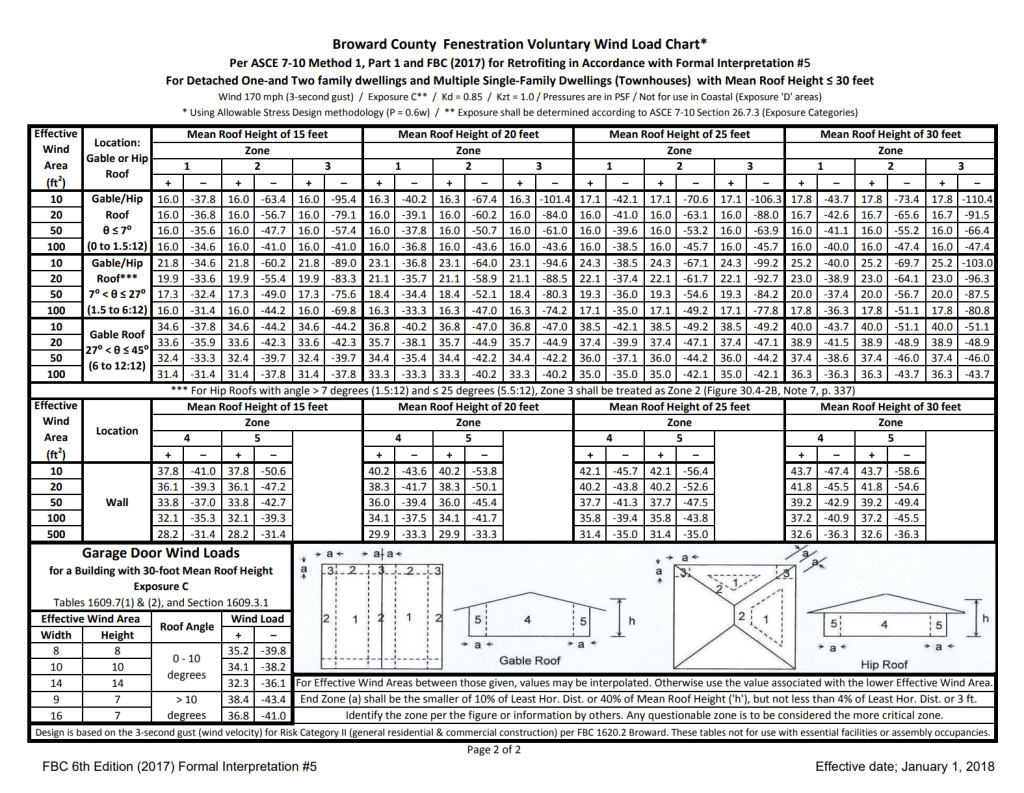
This image is property of www.sofloimpactwindows.com.
Improving Window Wind Resistance
Upgrading Glass to Impact-Resistant
One way to improve the wind resistance of windows is to upgrade the glass to impact-resistant options such as laminated or tempered glass. These glass types are designed to be more resilient and resistant to shattering under high wind conditions. By upgrading the glass, windows can better withstand the forces exerted by wind pressure and flying debris.
Adding Storm Shutters
Another effective method to improve window wind resistance is by adding storm shutters. Storm shutters provide an additional barrier of protection, shielding the windows from wind pressure and potentially damaging debris. They help reduce the risk of shattered glass and frame failure, increasing the overall wind resistance of the windows.
Installing Window Film
Window film can also be applied to enhance the wind resistance of windows. Impact-resistant window films are designed to hold shattered glass in place, preventing it from scattering and reducing the risk of injury. Additionally, window film can provide added reinforcement, improving the overall strength and wind resistance of the windows.
Conclusion
Wind resistance is a vital consideration when selecting windows, particularly in wind-prone areas. Factors such as window design, type of glass, and frame material all influence a window’s ability to withstand high wind speeds. Rating systems such as ASTM E1886, ASTM E1996, and the Miami-Dade County Hurricane Code provide valuable guidance in evaluating wind resistance. Understanding wind pressure, test methods, and the impact of wind speed on windows is crucial in assessing their durability and reliability. Proper installation, consideration of local factors, and the use of reinforcing methods can further enhance window wind resistance. By taking these factors into account and making informed choices, property owners can ensure the safety, security, and durability of their windows in high wind conditions.

This image is property of www.aspwindows.com.

